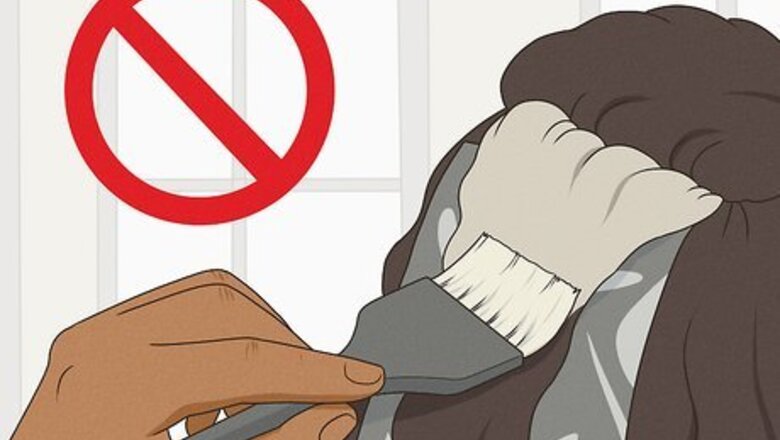
views
Transitioning to Natural Hair
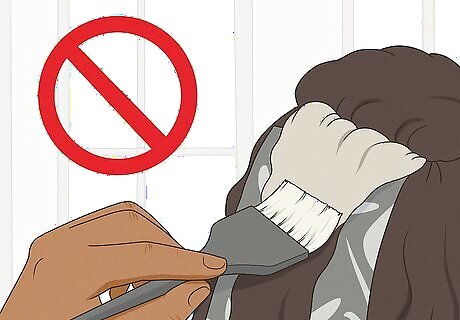
Stop all chemical treatments. The first step to transitioning to natural hair is to stop chemically relaxing or treating your hair. This will allow your hair to begin growing with its natural texture, though the hair that you have already chemically relaxed will be permanently straightened.
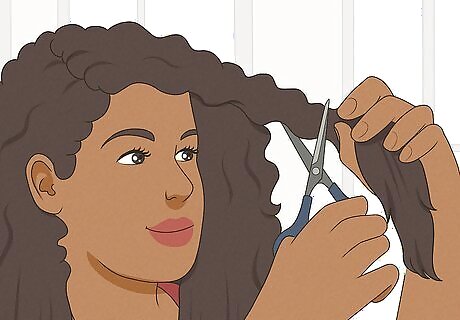
Do a big chop. The easiest way to transition to natural hair is to cut off all chemically relaxed hair. This will help you avoid that abrupt change in textures between the relaxed hair and your natural hair growing in. However, doing a big chop will mean sacrificing length and getting a short cut to remove the relaxed hair. Getting your hair cut at the point where your natural hair connects with the relaxed hair is the healthiest way to transition, as your hair will be especially prone to breakage if you don’t cut off your relaxed hair. There is no way to un-straighten chemically relaxed hair. New hair growth from the roots will be your natural texture, but the other hair will be permanently straightened.
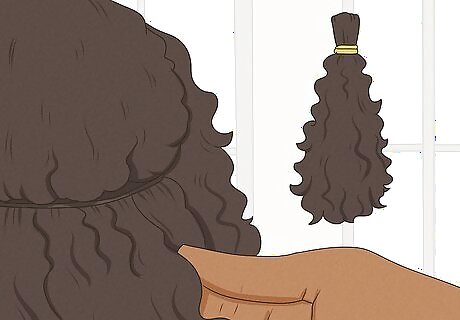
Wear a weave as you transition. If you want to grow out your natural hair but don’t want to sacrifice your length, you can get a weave or hair extensions as you wait for your hair to grow. The weave will conceal the radical change in your hair texture and give you the long hair that you want. When your natural hair has grown to your desired length, you can remove the weave, chop off the relaxed hair, and continue growing out your natural hair. Get the weave sewed into your hair rather than glued, as glued weaves tend to rip out hair when they are removed.
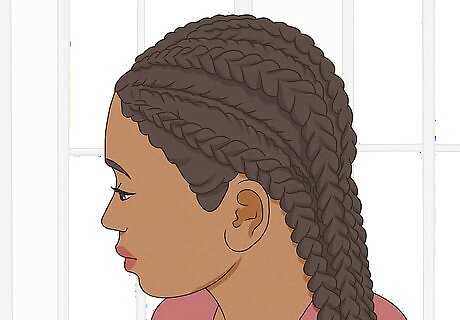
Wear your hair in protective styles as you transition. To conceal the transition between your straightened hair and natural hair, you can also wear your hair in braids, cornrows, or other protective styles until your hair has grown long enough that you feel comfortable cutting off the relaxed hair. These hairstyles have the advantage of being low maintenance while still maintaining the length of your hair. When you go to bed, protect your hair by wearing it in braids, a wrap, or a ponytail with a scarf or bonnet around it. You can also wear natural curly styles, like Bantu knots and perm rod sets. These styles help to conceal the fact that your hair is in its transitioning stage.
Washing and Moisturizing Your Hair
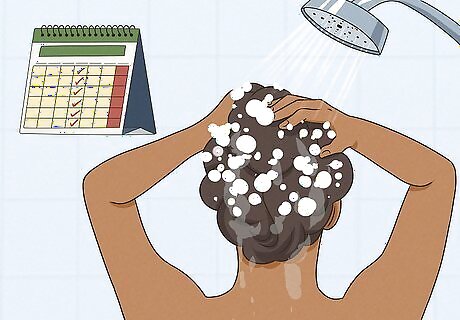
Shampoo your hair once a week or every other week . Because African hair is drier and more brittle than Asian or Caucasian hair, washing more than once a week can zap the hair of the oils it needs and cause breakage. You don’t need to worry about your hair looking oily or greasy, as this won’t be a problem as long as you do a once weekly wash or wash every other week. Try to pick a day when you have a lot of free time for wash days, since your hair routine may take a long time. If you are trying to get long hair, try to buy a shampoo that contains biotin, as biotin can speed up hair growth.
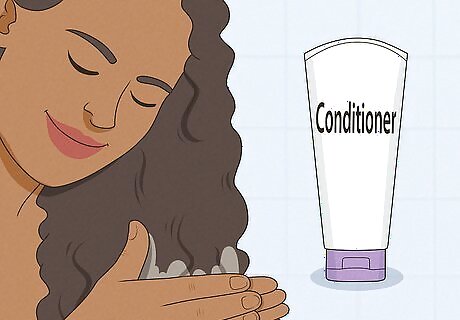
Condition hair after shampooing. Always use conditioner each time you shampoo your hair. Conditioner will restore moisture to your hair and helps protect it from breaking. Make sure to heavily condition the ends of your hair, which are the oldest and most fragile sections of your hair. If you used separate shampoo and conditioner, make sure you detangle during conditioning. If after washing it your hair is still tangled, you can carefully use a detangler while brushing from tips to roots.
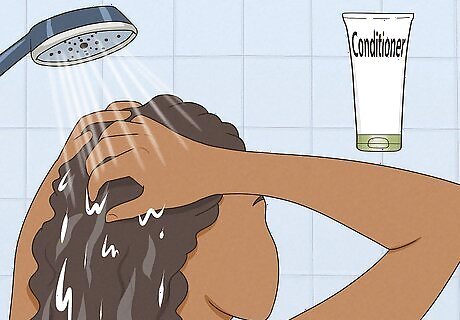
Co-wash your hair between washes. If you work out or sweat regularly, you may feel the need to wash your hair more than once a week to remove sweat or other buildup. Instead of using a shampoo, substitute a conditioner when you wash your hair. Use the conditioner as you would a shampoo, rubbing it into your scalp and through the lengths of your hair. Co-washing is a gentle way of washing your hair but not drying it out.
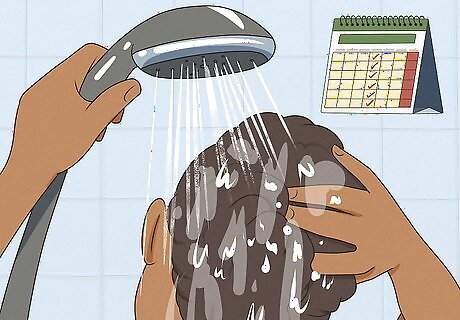
Deep-condition your hair once a week. Deep conditioning is critical to healthy natural hair, especially if you are transitioning from relaxed hair. Apply a water-based deep conditioner while your hair is still wet after getting out of the shower on days that you shampoo. Divide your hair into sections to make it more manageable and spread the deep conditioner from the roots of your hair to the ends. After coating your hair with the deep conditioner, use a shower cap to cover your head for about thirty minutes. Then take off the shower cap and rinse the deep conditioner out of your hair, paying special attention to washing it out of your scalp. For an additional boost, sit under a hooded hair dryer at a salon while the conditioner is still on your hair. Use a deep conditioner with an oil or butter base, such as coconut oil, castor oil or shea butter.
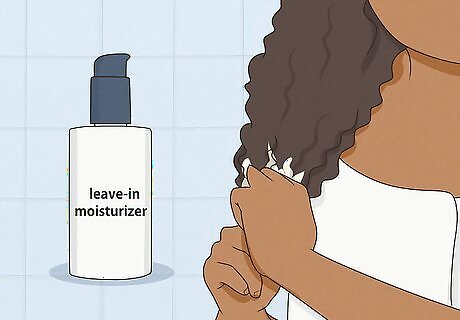
Use a leave-in moisturizer daily. Because African hair is quite dry and prone to breakage, it’s essential to moisturize daily on top of your weekly deep conditioning treatments. Purchase a leave-in moisturizer, trying to find product that is lightweight and won’t weigh your hair down, but is still heavily moisturizing. Begin your morning styling routine by wetting your hair using a spray bottle of water, then applying the leave-in conditioner according to its packaging. You may have to experiment with several products until you find the one that works best on your hair.

Seal your hair with oil or butter. After you apply the leave-in moisturizer, spray your hair with an oil-based spray to seal in the leave-in moisturizer. You can also simply rub coconut oil, castor oil, shea butter, or your prefered oil or butter into your hair, focusing at the tips.
Styling Your Hair
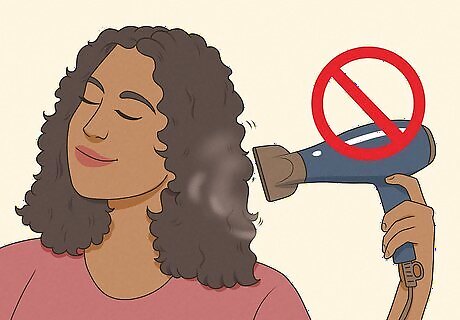
Limit heat styling. Heat tools like straightening irons or blowdryers damage your natural hair, so it’s best to limit your use or stop all together, especially if you are transitioning to natural hair. Your hair will be especially fragile if you have not cut off the relaxed ends, and you want to give your newly growing natural hair a healthy start. If you need to use heat, try to reduce it to only two to three times a month. Spray your hair with heat protective spray beforehand, and use the lowest heat settings possible that is still effective. Try to use a ceramic or tourmaline-ceramic flat iron, which does less damage to your hair.
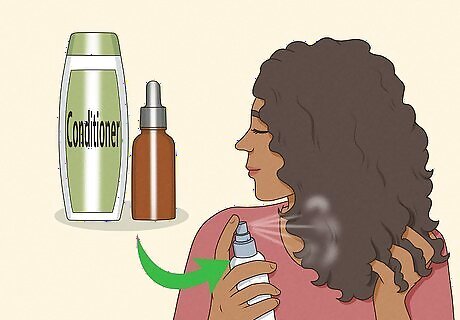
Untangle knots when they form. If you notice knots in your hair, don’t wait until after a shower to untangle them. Instead, dampen the section of hair in the sink or using a spray bottle of water, apply conditioner and oil directly to the knot, and ease it apart with your fingers. Then use a wide-toothed comb to fully undo the knot. You don’t want to wash heavily-knotted hair because the process of washing will wind even more hair around the knot and make it harder to get out.
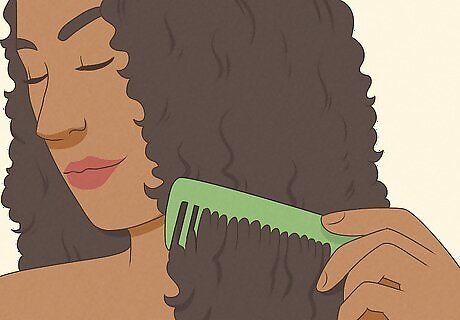
Comb hair only when damp. Combing dry natural hair causes excessive breakage, so comb your hair directly after showering while the hair is drying. Apply a small amount of leave-in conditioner or moisturizer and use a wide-toothed comb to gently comb your hair, starting at the tips and working your way up to the roots.
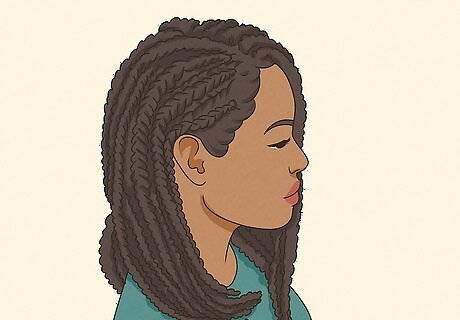
Wear protective styles. Protective styles get their name because they keep your hair in place, minimize friction that can damage your hair, and require minimum handling so that the chances of breakage are less. Examples of protective styles include braids, cornrows, Bantu knots and twists. You can keep these styles in for a few weeks up to two months before they need to be taken down.
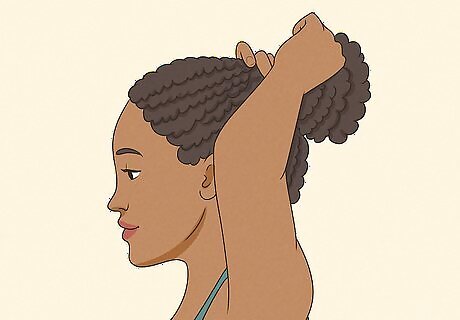
Be gentle when styling your hair. When you are putting your hair up in a bun or ponytail, or getting it styled in protective styles, make sure not to pull too hard on the “edges” of your hair, or the hair around your temples and at the nape of your neck. The hair in these areas is finer and more delicate and can easily get broken or ripped out. You should also avoid creating tight tension on your scalp, which can lead to hair loss.
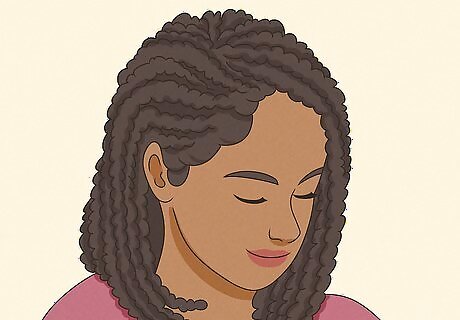
Change up your hairstyles. While it may be tempting to wear your hair in a bun or ponytail every day, or keep in protective styles longer than two months, doing so is bad for your hair. Be sure to take out your protective styles or weaved-in hair after a month or two, and vary up your hairstyles so that you are not doing a style that tugs at the same part of your hair. Doing so will minimize breakage and give your hair a rest.
Maintaining Healthy Hair
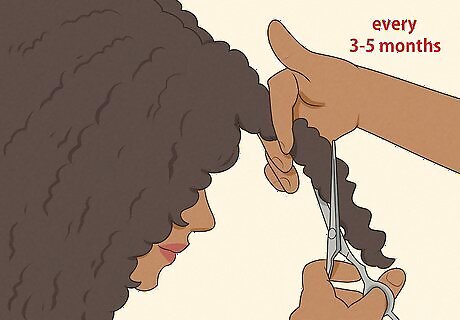
Get your hair trimmed every three to five months. Even if you are trying to grow your hair long, you need to get it trimmed every three to five months or so to get rid of split ends and keep your hair healthy.
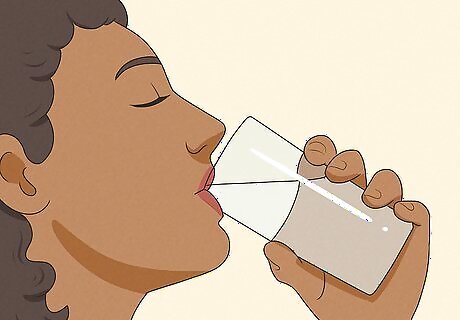
Drink plenty of liquids. To keep hair hydrated, your body has to be hydrated as well. Try to drink at least eight glasses of water a day, as well as other hydrating beverages like juice and sports drinks.
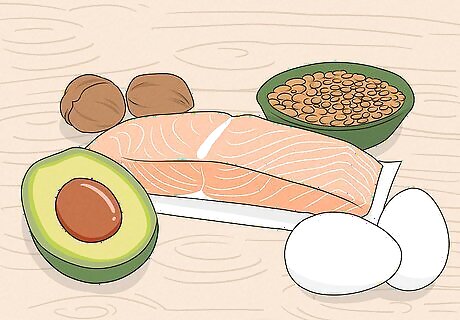
Eat foods with hair-healthy nutrients. Your diet is another important component of your hair health. Try eating foods rich in biotin, fatty acids, B vitamins, folic acid, niacin and protein. These foods include salmon and other fatty fish, eggs, nuts, avocados and lentils.
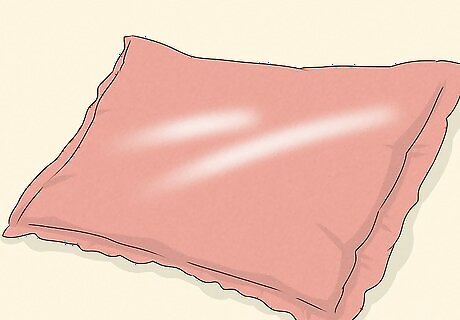
Use silk or satin pillowcases. A lot of damage can happen at nighttime when your hair rubs against your pillow, absorbing moisture from the hair and causing breakage. A solution to this problem is to use either silk or satin pillowcases, which create much less friction and do not absorb the moisture from your hair. You can also wrap your hair in a silk or satin scarf at night for the same effect.




















Comments
0 comment